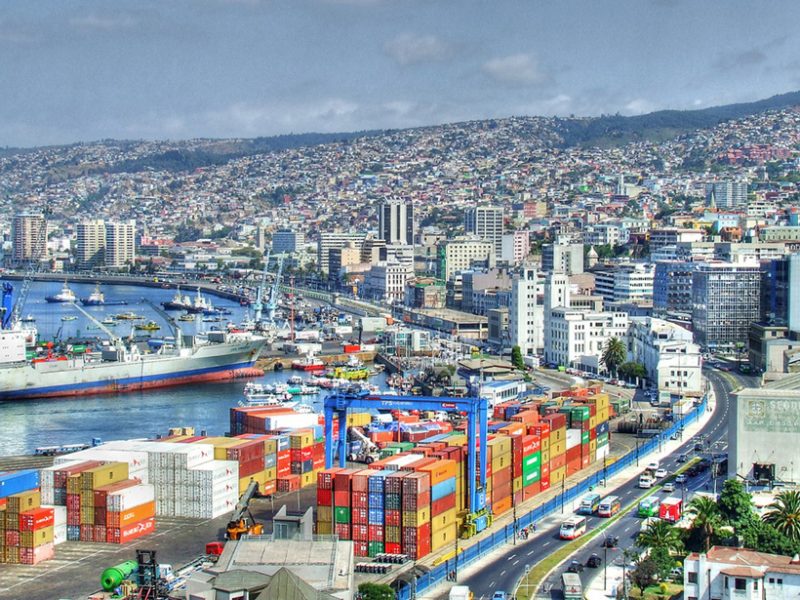Tsunami Records Show Increased Hazards for Chile’s Central Coast

Now Carvajal et al. suggest that this historical quake was even larger than previous estimates and likely reached a magnitude of more than Mw 9, meaning that it was a truly giant event.
Despite the 1730 tremor’s strength, few people were killed, thanks to a strong foreshock that prompted many to leave their homes before the big one hit. People also survived by fleeing to higher ground when they saw seawater receding—a warning sign of the ensuing tsunami that inundated residential areas.
In fact, historical observations of this tsunami, which also reached Japan, were what prompted the authors to reexamine the quake’s magnitude.

The researchers used these reports to reconstruct the tsunami’s height and the extent of flooding. They then investigated the size and depth of the earthquake required to generate such a tsunami.
Using contemporary knowledge of tsunami generation and progression, the scientists ran simulations of tsunamis produced by hypothetical earthquakes of varying magnitudes, depths, and slip amounts off the coast of central Chile. They found that a quake of Mw 9.1–9.3 best fits with the historical tsunami records in both Chile and Japan.
According to the best fitting simulation, this earthquake would have occurred along a rupture 600–800 kilometers in length, with an average slip amount of 10 to 14 meters. The tsunami records and additional evidence of coastal uplift suggest that the depth of this slip was shallower toward the northern end of the rupture and deeper to the south.
The researchers note that since 1730, tremors in the same region have involved little slip at shallow depths. Slips at shallow depths are widely agreed to pose the most tsunami hazards, so a lack of shallow slip since 1730 may indicate that stress along the shallow portion of the fault has built up for nearly 300 years.
If this potential shallow stress buildup is released in a future earthquake, the subsequent tsunami could be devastating. The authors point out that such a shallow quake might cause only moderate shaking, which could give the local population a false sense of security.
The researchers recommend that this possibility be used to inform disaster prevention plans in the area, which is home to most of Chile’s coastal population. (Journal of Geophysical Research: Solid Earth, https://doi.org/10.1002/2017JB014063, 2017)
—Sarah Stanley, Freelance Writer
Citation: Stanley, S. (2017), Tsunami records show increased hazards for Chile’s central coast, Eos, 98, https://doi.org/10.1029/2017EO077677. Published on 24 July 2017.
© 2017. The authors. CC BY-NC-ND 3.0

Keine Kommentare:
Kommentar veröffentlichen